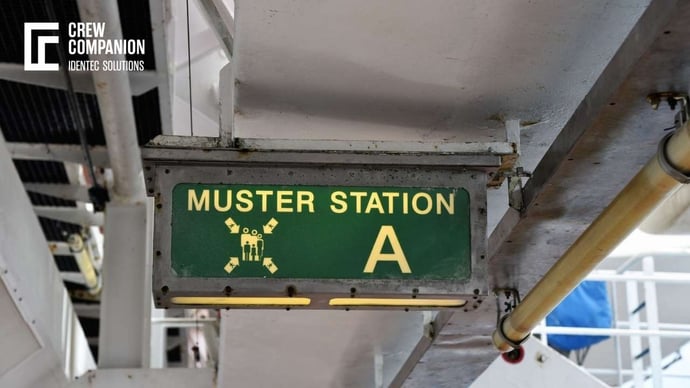Emergency Mustering: Improve Your Offshore Safety
| Written by Mark Buzinkay

No video selected
Select a video type in the sidebar.
With rigorous training and regular practice, staff can be directed to muster for a traditional roll call. However, in a real life evacuation people’s natural instinct is to take flight from a threatening situation whether real or perceived. If a real evacuation becomes a requirement, many organisations find it extremely difficult to account for their staff.
One example from recent history shows that this still happens even with a trained crew. The fire and subsequent explosion of the Deepwater Horizon platform in the Gulf of Mexico in 2010 triggered an evacuation process. Due to the damage from the explosions, some mustering areas were not available anymore and assigned crew had to be redirected to alternate mustering areas. In the very threatening situation of extreme heat, flying debris, thunderous noise and fire, some crew members panicked and began abandoning the installation prematurely, causing them to jump from great height into the sea (thanks to the benign weather conditions, they survived).
If you are interested to learn more about oil rig safety during the Deepwater Horizon disaster, continue to read here..
Effective management of emergency evacuation is challenging. Ensuring that evacuation routines are regularly practiced, accurately recorded, and critically reviewed for continuous improvement are the basics of proper alert response. They save time when time becomes most valuable: In an emergency situation.
In today’s offshore installations the following systems and procedures for POB count are common practice and can be classified as follows:
-
Class 1 mustering systems: User interaction required, manual POB records taken, e.g., tossing tokens into a basket when crossing a bridge between two assets.
-
Class 2 mustering systems: User interaction required, POB recorded electronically, e.g., swiping personalized badges when entering or exiting an asset.
-
Class 3 mustering systems: No user interaction required, POB recorded electronically, e.g., users wearing personalized transponders that provide zone accurate POB.
An electronic emergency mustering system is based on the principles of visibility and accessibility. The main idea is to let the system do the registration at the mustering point and the communication with the operational headquarter, avoiding the pitfalls of manual mustering.
(Continue reading about Emergency Response Management)
Related Product



